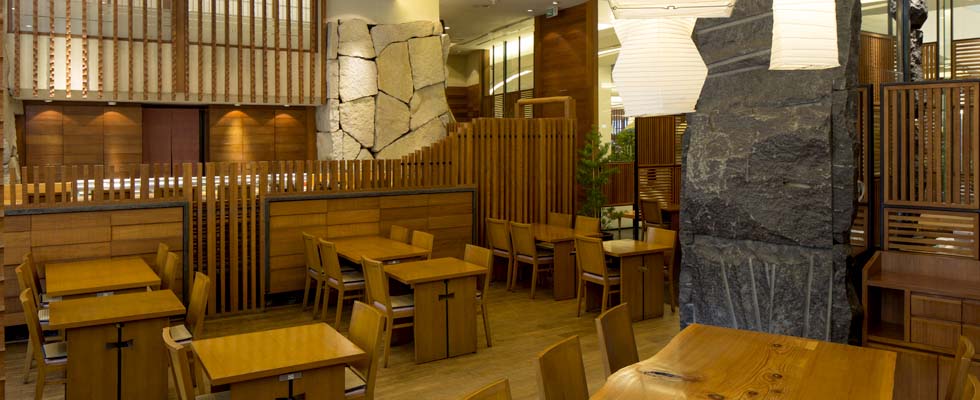Building upon the foundational insights from Unveiling Mythical Symbols in Modern Gaming Like Le Zeus, this article explores how these symbols have evolved across different gaming genres, reflecting cultural shifts, technological advancements, and storytelling innovations. Mythical symbols are more than mere icons; they serve as bridges connecting ancient narratives with contemporary gaming experiences, enriching gameplay and fostering emotional engagement.
1. Tracing the Historical Roots of Mythical Symbols in Video Games
a. From ancient myths to early arcade and console games
The use of mythological symbols in gaming dates back to the earliest arcade titles. For example, the 1986 game The Legend of Zelda incorporated elements inspired by Celtic and Norse mythologies, such as the Triforce, which echoes ancient symbols of power and divine authority. Similarly, the character of Kong in Donkey Kong reflects mythic giants from folklore, illustrating how early developers drew on existing mythic archetypes to craft compelling characters and worlds.
b. The transition from cultural symbols to entertainment icons
As gaming matured, mythical symbols transitioned from cultural relics to universally recognized icons. The depiction of Medusa in various titles, such as God of War, demonstrates how mythic figures became central to narrative and mechanic design, often simplified for gameplay but retaining their mythic essence. This transition also facilitated global appeal, as symbols like dragons or phoenixes carry cross-cultural significance that resonates widely.
c. How historical context influences modern interpretations
Contemporary games reinterpret mythic symbols through modern lenses. For instance, in Hades, Greek mythology is presented with a darker, more nuanced perspective, reflecting current trends towards complex storytelling. Developers leverage historical scholarship to add depth, making symbols more than superficial references—they become integral to the game’s thematic fabric.
2. The Role of Mythical Symbols in Genre-Specific Game Design
a. Mythical symbols in action and adventure games
In action titles like God of War, Greek gods and mythical artifacts serve as both narrative anchors and gameplay mechanics. The Aegis shield or Poseidon’s Trident are not just weapons but symbols of mythic power that influence combat and storytelling. These symbols often embody the hero’s quest and inner transformation.
b. Their function in role-playing and fantasy genres
Role-playing games (RPGs) such as The Elder Scrolls or Dark Souls utilize mythic symbols as lore-building devices. Items like the Ring of Medivh or Dragon Sigils encode cultural stories, deepen world-building, and guide gameplay progression. These symbols often act as keys to unlocking new areas or abilities, reinforcing their narrative importance.
c. Utilization in puzzle and strategy games for narrative depth
Puzzle and strategy titles like The Talos Principle incorporate mythic symbols as puzzle elements—runes, statues, or sacred icons—that evoke themes of wisdom, morality, and divine authority. These symbols serve as narrative cues that challenge players to interpret and connect mythic ideas with gameplay mechanics, enriching the experience.
3. Cultural Variations and Global Perspectives in Mythical Symbol Adoption
a. Cross-cultural influences and adaptations of symbols
As games reach global audiences, developers adapt and blend symbols from various mythologies. For example, the Monster Hunter series features creatures inspired by Asian, European, and African mythologies, creating a tapestry of cultural symbols that appeal to diverse players.
b. Regional differences in mythological representations
Regional preferences influence symbol design. In Japanese games like Okami, Shinto and Buddhist motifs dominate, whereas Western games may emphasize Greco-Roman or Norse elements. These differences reflect cultural values and storytelling traditions, shaping how symbols are perceived and integrated.
c. Impact on game localization and player engagement
Localization efforts often involve adapting mythic symbols to resonate culturally. For instance, a symbol representing a deity might be reinterpreted or replaced to avoid misinterpretation or offense, ensuring player engagement while respecting cultural origins.
4. Visual and Artistic Evolution of Mythical Symbols in Gaming
a. From simple icons to intricate 3D representations
Early pixel art depicted mythic symbols as basic icons—think of 8-bit shields or swords—serving functional purposes. Advancements in graphics technology have enabled designers to craft highly detailed 3D models, such as the luminous Amulet of Anubis in modern RPGs, enhancing visual storytelling.
b. The influence of technological advancements on symbolism
Real-time rendering, motion capture, and ray tracing have allowed for more lifelike and immersive mythic symbols. For example, the animated glyphs in Assassin’s Creed Valhalla reflect Viking myths with stunning realism, emphasizing the role of tech in evolving symbolism.
c. Stylistic trends across different gaming eras
From the minimalist symbols of 8-bit era to the ornate designs of modern AAA titles, stylistic trends mirror technological and artistic shifts. Indie games often experiment with stylized, abstract mythic motifs, while AAA productions tend toward hyper-realistic portrayals.
5. Symbolic Mechanics: How Mythical Symbols Drive Gameplay and Player Interaction
a. Symbols as power-ups, icons, and narrative devices
In many titles, mythical symbols serve as power-ups—like the Scarlet Lotus in League of Legends that grants temporary strength—or as icons that trigger story events. Their presence signals importance and guides player focus.
b. Their role in unlocking game mechanics and progression
Symbols often act as keys to unlocking new abilities or areas. The Trident of Poseidon in God of War grants access to underwater realms, symbolizing mastery over mythic domains and reinforcing gameplay loops rooted in myth.
c. Interactive symbolism and emergent storytelling
Interactive mythic symbols enable emergent narratives. For instance, deciphering runes or activating sacred relics can lead to dynamic story developments, making players active participants in mythic worlds—transforming static symbols into storytelling tools.
6. Psychological and Emotional Impact of Mythical Symbols on Players
a. Archetypes and subconscious associations
Symbols like the Hero, Dark Lord, or Wise Elder tap into Jungian archetypes, fostering subconscious connections and emotional resonance. Players identify with these symbols, enhancing immersion.
b. Building immersive worlds through symbolism
Rich mythic symbolism crafts believable worlds—think of the divine pantheon in SMITE—which evoke a sense of timelessness and universality, deepening player engagement.
c. Mythical symbols as tools for player identification and motivation
Symbols like the Phoenix or Dragon serve as motivation, representing rebirth and strength. They inspire players to embody these qualities, fostering motivation and personal connection.
7. Mythical Symbols in Emerging Gaming Technologies and Platforms
a. Their role in virtual reality and augmented reality experiences
VR and AR enable immersive interactions with mythic symbols. For example, AR apps might project ancient runes into the real world, creating a tangible connection to mythic history and enhancing experiential learning.
b. Integration into mobile gaming and casual play
Mobile titles like Clash of Clans incorporate mythic symbols as badges or icons, leveraging their recognizability to attract casual players while maintaining thematic depth.
c. Future potentials with AI-generated mythologies
Advances in AI could enable games to generate dynamic mythologies tailored to individual players, creating personalized mythic worlds—further deepening the role of symbols in storytelling and engagement.
8. Ethical and Cultural Considerations in Using Mythical Symbols in Games
a. Respecting cultural origins and avoiding appropriation
Developers must ensure respectful representation. For example, misappropriating sacred symbols like the Navajo Water Symbol could offend communities, emphasizing the need for cultural awareness and consultation.
b. Navigating sensitive symbolism and stereotypes
Stereotypical portrayals—such as depicting Asian dragons solely as evil—can reinforce harmful stereotypes. Responsible storytelling involves nuanced, respectful interpretations of mythic symbols.
c. Responsible storytelling through mythological references
Incorporating mythic symbols ethically enhances authenticity and player trust. For instance, indie titles often collaborate with cultural consultants to ensure accurate and respectful representations.
9. Connecting Back: The Significance of Mythical Symbols in the Broader Evolution of Gaming
a. How modern trends continue or diverge from the case of Le Zeus
Modern games expand on the foundation laid by titles like Le Zeus, integrating complex mythic narratives with innovative mechanics, such as procedural generation and player-driven stories, illustrating a dynamic evolution of symbolism.
b. The ongoing importance of mythological storytelling in game innovation
Mythic symbols remain vital for creating immersive worlds that resonate culturally and emotionally. Their adaptability ensures they continue to inspire new genres and technologies, from VR to AI-driven narratives.
c. Future directions for integrating deeper mythic symbolism in diverse genres
Emerging genres like interactive storytelling and educational games will likely deepen mythic integration, utilizing immersive tech and AI to craft personalized mythologies that foster cultural appreciation and creative expression.
In conclusion, the evolution of mythical symbols across gaming genres exemplifies their enduring power to communicate, inspire, and connect. As technology and cultural awareness advance, these symbols will continue to shape the narrative and mechanic fabric of future games, ensuring their relevance for generations to come.















